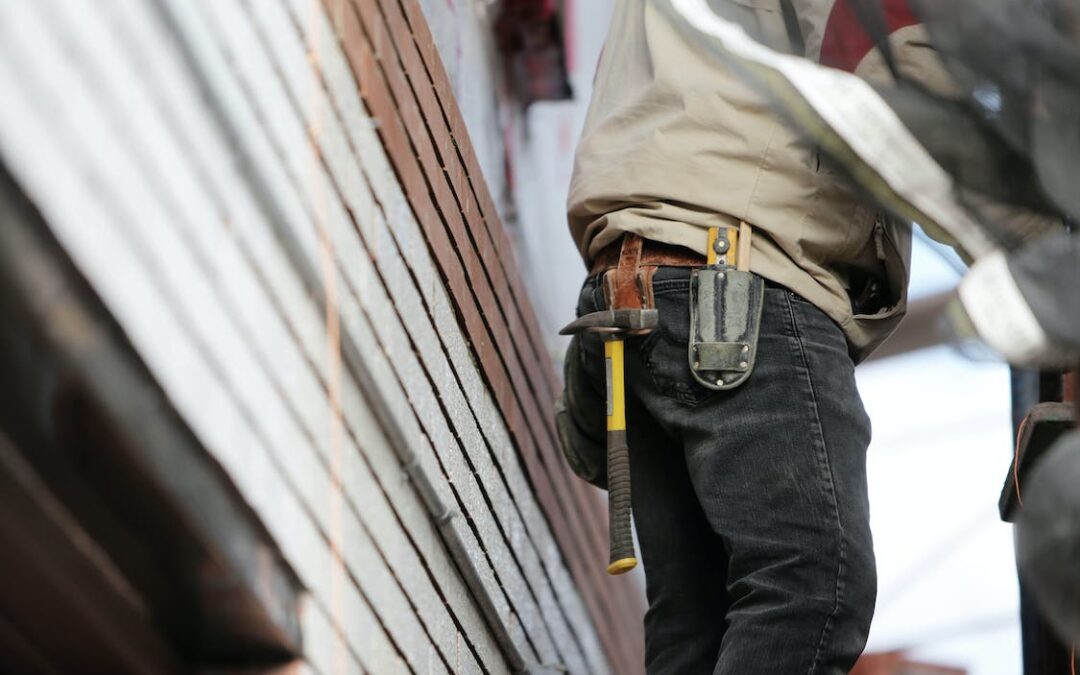If you’re considering building a barndominium (a combination of a barn and a condominium), there are several important factors to keep in mind. While this unique style of living space offers versatility and a rustic charm, it also presents its own set of challenges. Before you embark on this exciting project, take the time to educate yourself and make informed decisions.
Contents
#1 Think about how you want to use the barndominium
When envisioning your barndominium, it’s essential to think about how you plan to use the space. Are you looking for a cozy residential home, a spacious workshop, or a combination of both? Consider your lifestyle, hobbies, and future needs. If you’re an artist, for example, you might want to allocate a dedicated studio space. If you’re a car enthusiast, you might need room for a garage or a workshop. You can design a barndominium that meets your needs by understanding your specific requirements. Remember to think about the following:
- placement of rooms
- the flow of the space
- any specialized areas you may require

Brainstorm various ways you can use the barndominium.
#2 Prepare for the unique challenges of constructing a barndominium
Barndominiums present unique challenges compared to traditional homes. The open floor plan and high ceilings, while aesthetically pleasing, require careful consideration for insulation and temperature control. Adequate insulation is crucial to maintain comfortable indoor temperatures throughout the year and reduce energy costs. Additionally, wide, open spaces can be prone to echoes and noise reverberation so acoustic treatments may be necessary.
Since barndominiums typically feature metal exteriors, addressing rust prevention and maintenance is important. Regular inspections and protective coatings can help prolong the lifespan of your structure. Moreover, if you reside in an area prone to extreme weather conditions, such as hurricanes or heavy snowfall, you must design the barndominium to withstand these forces. Working with professionals experienced in barndominium construction will ensure that these challenges are addressed appropriately.
#3 Consider the zoning and building codes in your area
Before starting any construction project, it’s crucial to understand the zoning and building codes specific to your location. Some areas have restrictions on building barndominiums or specific requirements for their construction. Zoning regulations may dictate setbacks, minimum lot sizes, or architectural guidelines that must be followed. Building codes ensure the safety and structural integrity of the barndominium, covering aspects such as electrical, plumbing, and fire safety.
In addition, you may want to consider building a barndominium in a smaller space due to many advantages:
- Efficient use of space: Barndominiums are known for their open floor plans, which allow for flexible use of space. In a smaller area, this design approach maximizes the usable square footage, making the most of every inch available.
- Cost-effective: Building a barndominium in a smaller space often comes with a lower price tag compared to constructing a larger traditional home. The reduced footprint means less material and fewer construction expenses, making it a more budget-friendly option.
- Lower maintenance: With less square footage, a smaller barndominium requires less ongoing maintenance. This can save both time and money, as there are fewer areas to clean, repair, or maintain.
- Energy efficiency: A smaller barndominium generally means a reduced energy footprint. It’s easier to heat and cool a smaller space, resulting in potentially lower energy bills. Additionally, the open layout of a barndominium allows for better natural light penetration, reducing the need for artificial lighting during the day.
- Quicker construction: Constructing a smaller barndominium typically takes less time than a larger home. With a smaller footprint, the building process can be streamlined, leading to faster completion and quicker occupancy of your new living space.
- Calm and peace: Undoubtedly, a smaller community can be nice but is moving to a small town the right choice for you? It is great for everyone looking forward to moving out of loud city noise. In addition, many families rather choose smaller and quieter areas where they can enjoy low-priced real estate. If this is something that seems appealing to you, maybe it’s time to consider relocating to a smaller community.
#4 Work with an experienced builder
When undertaking a barndominium project, partnering with an experienced builder is crucial. Look for professionals who have a proven track record in constructing barndominiums and who understand the unique considerations involved. They will have the knowledge and expertise to help you navigate the entire process, from design to construction.

Make sure to contact a reliable company that can make building a barndominium seamless.
Experienced builders can guide you in selecting suitable materials that align with your design goals and budget. They will also ensure that the construction meets local building codes and regulations. Collaborating with professionals specializing in barndominium construction will provide peace of mind and increase the chances of a successful project outcome.
#5 Costs to consider
There are various costs involved beyond the initial construction expenses. It’s important to account for all potential expenses to avoid future budgetary surprises. Here are a few cost considerations to keep in mind:
- Permits and fees: Obtain the necessary permits and pay any associated fees required by your local authorities.
- Utility connections: Consider the costs of connecting your barndominium to essential utilities such as electricity, water, and sewage. Depending on your location, these connections may require additional fees.
- Interior finishes: Determine the type and quality of interior finishes you desire, such as flooring, cabinetry, fixtures, and appliances. These choices will impact your budget.
- Landscaping: Plan for any landscaping or outdoor features you would like to include around your barndominium, such as gardens, pathways, or outdoor living spaces. Landscaping costs can vary depending on the complexity of your design and the size of the area you wish to landscape.
- Maintenance and upkeep: Consider the long-term costs associated with maintaining your barndominium. This includes routine maintenance tasks such as roof inspections, paint touch-ups, and repairs to any metal components. It’s important to budget for these ongoing expenses to keep your barndominium in optimal condition.

Come up with a financial plan.
Final Thoughts
Overall, building a barndominium requires careful planning and consideration of various factors. Therefore, remember to conduct thorough research, seek guidance from experts, and stay organized throughout the process. With the right approach, you can create a beautiful, functional, and unique living space that combines the rustic charm of a barn with the comfort of a condominium.




